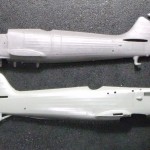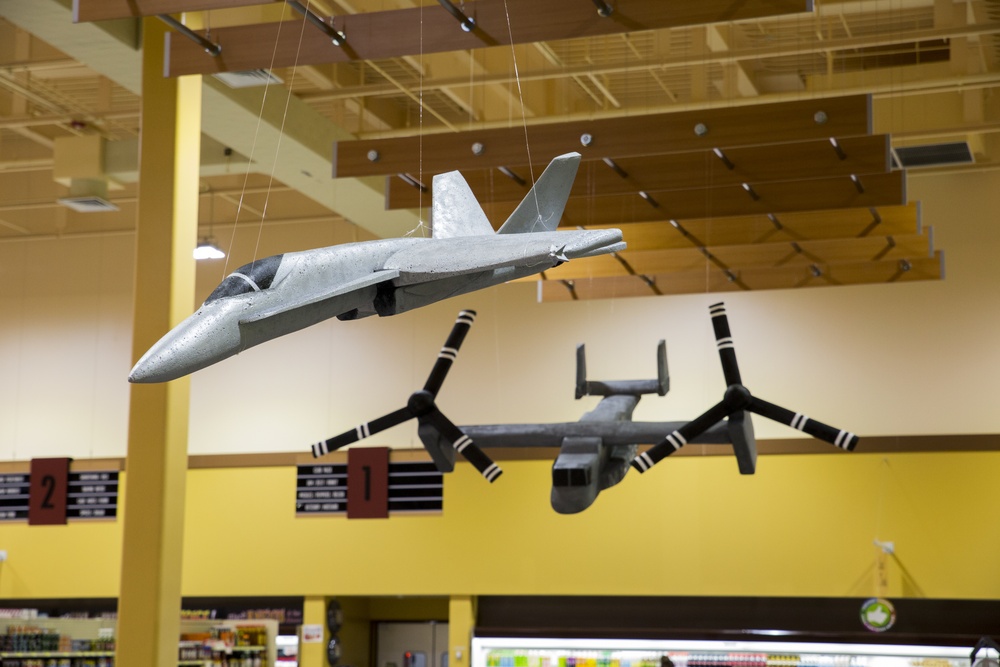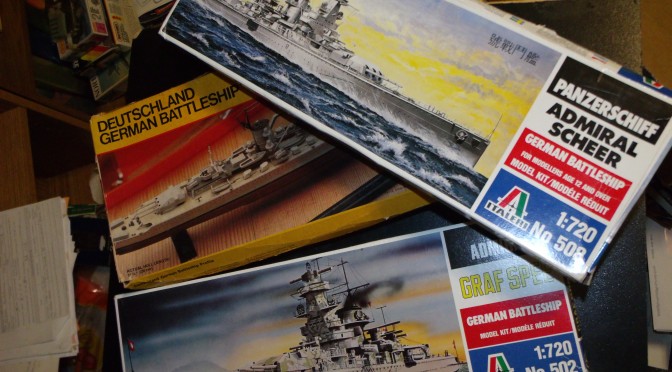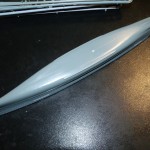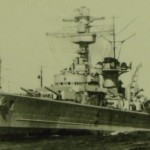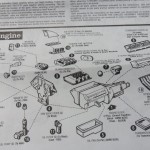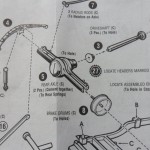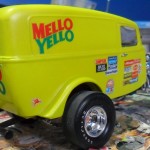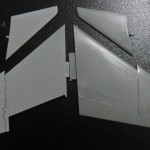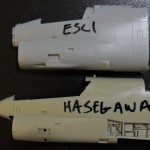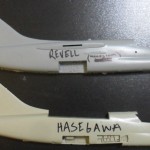Is it time to kill-off the old Hasegawa Heinkel 51 kit?
ICM (aka ICM Holding of Ukraine, I’m not sure what ICM means as even in Cyrillic the company uses ICM as its identifier) has made great advances since its early days of chunky low pressure injection kits, and is producing the most accurate (so far) version of the German biplane in 1:72 scale.
The main improvements are detailing and the upper wing. Overall the ICM kit has better detailing and a main wing that has the correct dihedral (upward sweep). The ancient Hasegawa kit (first issued in the 1970s) has no dihedral. However, it seems the ICM wingtips are questionable as they taper back, they should be more evenly rounded.
Click on the pics to make them bigger:
- Hasegawa has bigger rudder, both fuselages are approximately the same size.
- This photo shows a large rudder similar to the Hasegawa kit.
- This profile drawing of a He-51A is from the old Profile series, note the shape of the rudder.
- This photo of an He-51B shows a rudder that appears to be like that in the ICM kit.
- Hasegawa uses injection molded windshield, ICM requires you to cut and shape it from clear plastic sheet.
- The ICM kit has cockpit details, the Hasegawa does not.
- The Hasegawa cockpit opening matches the shape of drawings found in the old Profile series (but might be too big). The ICM kit does not match the drawings in shape, but maybe in size.
- Drawing showing dihedral of upper wing and cockpit opening.
- The wings area approximately the same size, but ICM’s wing tips are more ‘pointy’.
- The ICM upper wing has dihedral, the Hasegawa does not.
- Size & shape comparison of lower wings and horizontal tails. I don’t have true scale drawings of the aircraft so I don’t know which are correct.
- Hasegawa has the manifold and exhaust pipes molded as one piece. ICM has fiddly individual pipes, but this means you can use just the manifold parts to model an early version of the plane with no exhaust pipes.
- The ICM propeller (air-screw) and spinner is larger, but better shaped.
- Hasegawa’s wheels-tires are molded integrally with the spats. ICM gives you nicely detailed wheels-tires molded separately, so you can build it with or without spats.
Rare Plane makes a vac-formed kit, the packaging photo looks to have dihedral in the upper wing but I’ve seen completed kits with no dihedral and oddly shaped horizontal tails. The problem with comparing vac-formed kits to injected kits is that a lot depends on the skill of the builder in cutting the parts from the plastic sheet and then shaping them to form a good join.
A drawback of the ICM kit is subtle, or no, attachment points. The old Hasegawa kit is easier to build. My conclusion in comparing the Hasegawa with the ICM He-51 is that while both can be built to look good the ICM has the better detailing and correct dihedral of the upper wing.
There are no major visual differences in the A, B or C versions of the Heinkel 51 (except with the float-plane version).
WORLD’S LARGEST C-141B STARLIFTER MODEL?
GROCERY STORE USES MODEL PLANES TO ATTRACT CUSTOMERS!
ITALERI 1:720 DEUTSCHLAND, LUTZOW, SCHEER & GRAF SPEE


